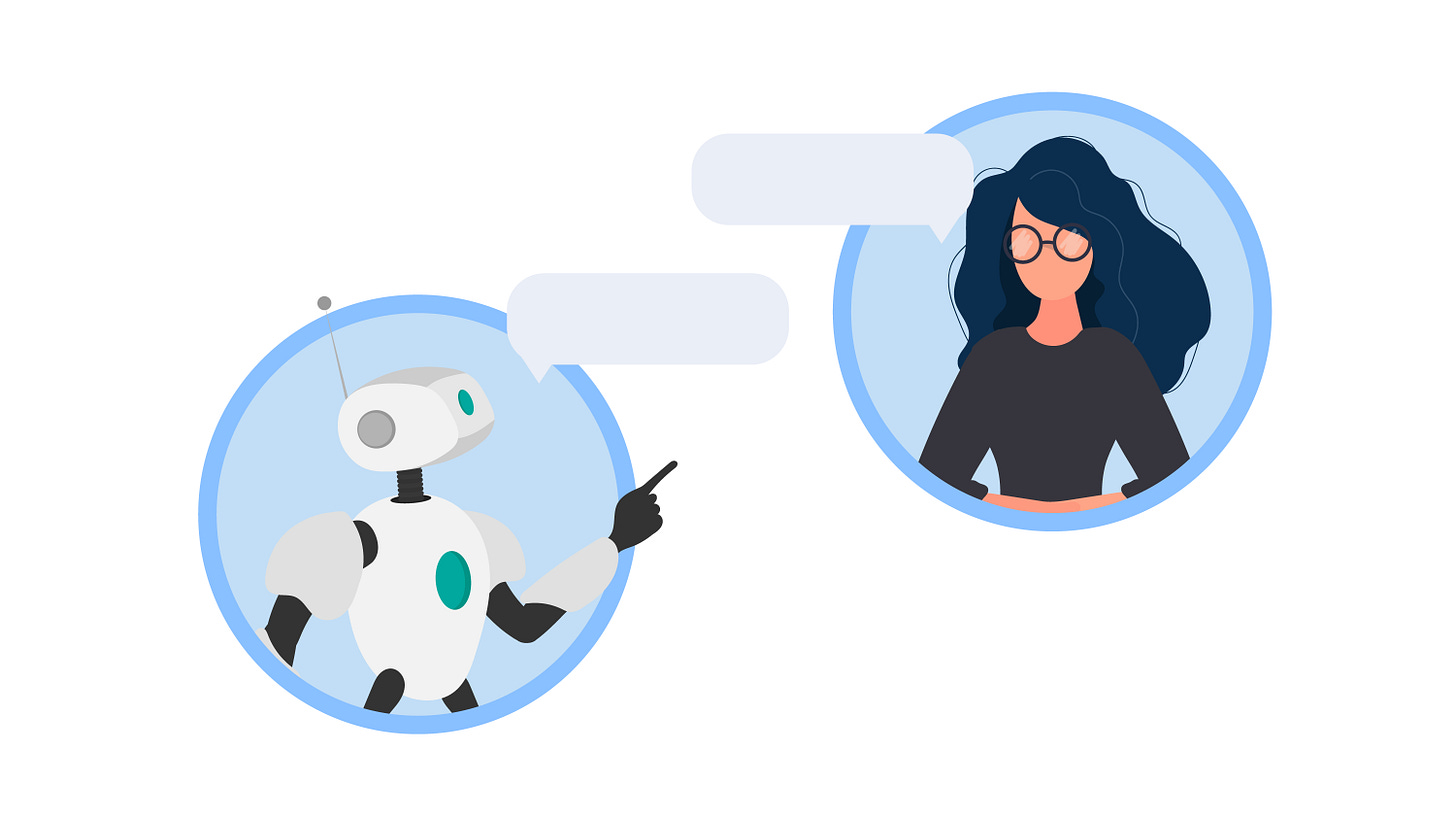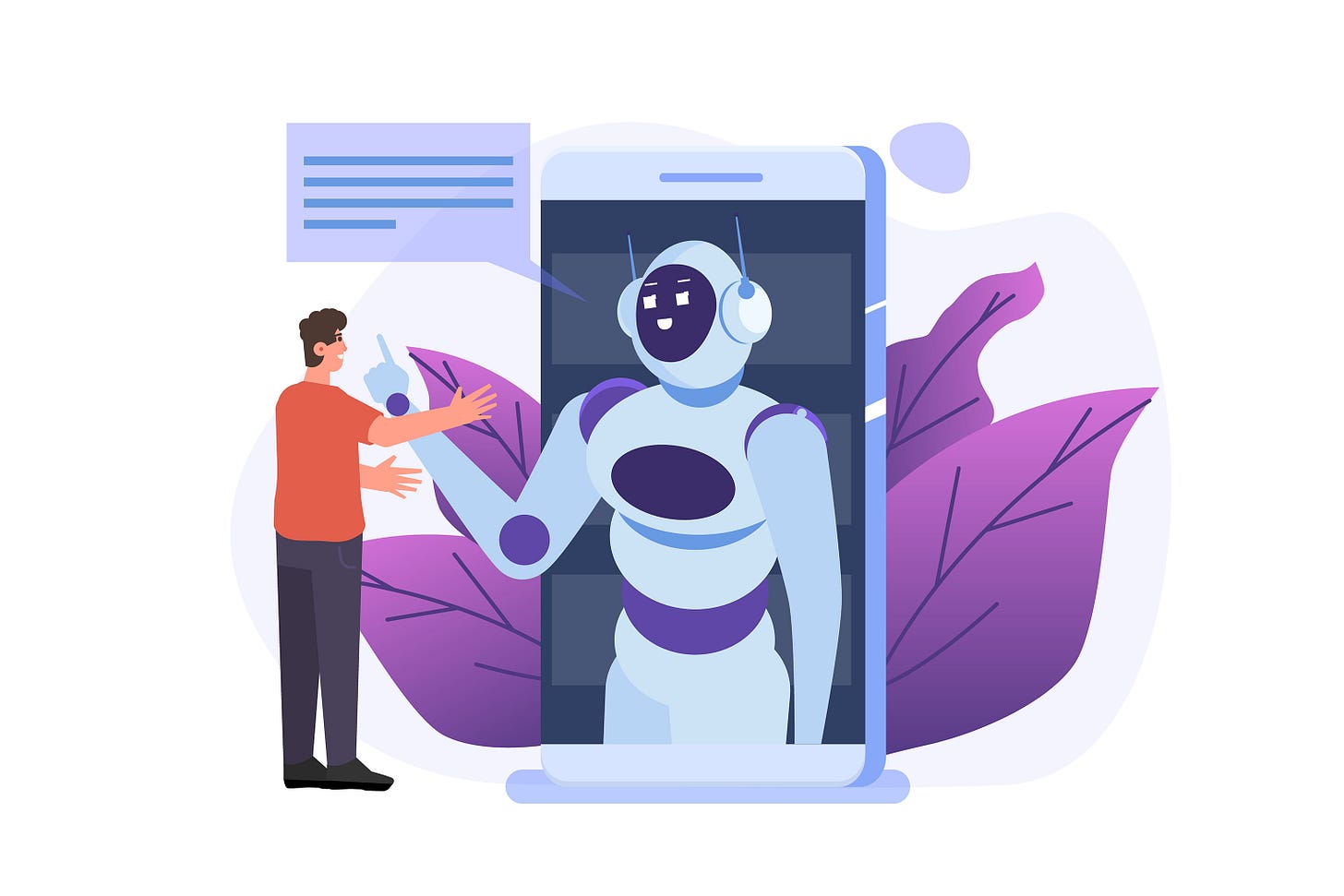You've finally decided to learn guitar. After years of watching YouTube tutorials that left you overwhelmed, you turn to AI, hoping it'll be different. You type, "How do I learn guitar?" and get back the same old generic advice: "Practice chords, learn scales, try beginner songs." Great. Another list that leaves you staring at your guitar, wondering where to actually start.
Now, let’s rewind. This time, you prompt the AI with: "Act as an expert guitar instructor and help me learn to play." Suddenly, everything changes. The AI gives you a structured plan: start with three beginner chords, practice strumming patterns for 15 minutes a day, and play "Leaving on a Jet Plane" by the end of the week. It even includes motivational tips and links to video tutorials. With this tailored guidance, you feel energized and confident—like you’ve just found your personal coach.
What made the difference? The persona. By assigning the AI a specific role, you transformed the interaction from a basic Q&A into a dynamic and effective partnership. Personas take AI interactions from functional to transformative, unlocking their full potential. Whether it’s learning guitar, planning a dream vacation, or tackling daily challenges, giving an AI a persona makes it more engaging, relatable, and tailored to your needs. In this article, we’ll explore how personas work, why they’re so effective, and how you can use them to get better results in your everyday life.
Overview of Personas and Their Benefits
What is a Persona?
A persona is a role or character that you assign to an AI to guide its responses. Think of it as giving the AI a specific hat to wear. Instead of interacting with a generic assistant, you’re engaging with a role tailored to your needs—like a nutritionist, a travel agent, or a motivational coach. For example, rather than asking, "What should I eat tonight?" you might say, "As a nutritionist, what would you recommend for a quick, healthy dinner?"
Why Do Personas Work?
Think about how you'd explain making pasta differently to a professional chef versus a college student living alone for the first time - you naturally adapt your language, detail level, and examples. That's exactly why personas work so well with AI. Without a persona, AI tends to cast a wide net, giving you general information that might be accurate but isn't particularly helpful. But when you give it a specific role, it's like flipping a switch - suddenly the AI knows exactly how to package its knowledge in a way that makes sense for your situation. It's not just about getting different information; it's about getting that information in a way that actually helps you take action. Just like you'd trust diet advice more from a nutritionist than from a random website, giving AI a relevant persona helps it deliver more focused, practical, and trustworthy guidance.
Key Benefits of Using Personas
Using personas elevates your AI interactions by improving context, making solutions more tailored, and fostering creativity. When the AI understands the role it's meant to play, its responses become better aligned with what you actually need, whether it's actionable advice, a detailed plan, or an engaging conversation. This clarity saves time and effort, as you're no longer sifting through generic or irrelevant answers. Personas also encourage innovative thinking by framing tasks in unique ways—what might have been a dry exchange can become a dynamic problem-solving session. The end result is an AI that feels not just like a tool, but like a capable and insightful partner, ready to tackle your challenges with you.
In-Depth Examples
Let's explore how different personas can transform everyday tasks into engaging, productive experiences. Each example demonstrates a unique way that personas can elevate your AI interactions from basic exchanges to meaningful partnerships.
The Guitar Teacher Persona (Learning)
Let's revisit the guitar example. By prompting the AI with "Act as an expert guitar instructor and help me learn to play," everything changes. The AI gives you a structured plan: start with three beginner chords, practice strumming patterns for 15 minutes a day, and play "Leaving on a Jet Plane" by the end of the week. It even includes motivational tips and links to video tutorials. With this tailored guidance, you feel energized and confident—like you've just found your personal coach.
The Life Coach Persona (Problem-Solving)
Imagine you’re facing a tough decision or feeling overwhelmed by a challenge. Instead of vague advice, you prompt the AI with, "Act as a motivational life coach and help me clarify my goals." The AI responds by asking reflective questions, like "What is your ultimate objective?" or "What’s holding you back?" It then offers a step-by-step action plan to break the challenge into manageable tasks and provides words of encouragement along the way. The result? A supportive, empathetic partner that helps you navigate complex situations with clarity and confidence.
The Travel Agent Persona (Planning)
Planning a vacation can be time-consuming, but not when your AI takes on the role of a travel agent. By asking, "Act as a travel agent and help me plan a budget-friendly trip to Italy," the AI crafts a detailed itinerary based on your preferences. It suggests affordable flights, accommodations near must-see attractions, and a schedule filled with local experiences. It might even include insider tips to avoid tourist traps and save money. This personalized approach turns a daunting task into an enjoyable and efficient planning process.
Crafting Effective Personas
Key Elements to Consider
Creating an effective persona starts with understanding the task at hand. What role would best suit your needs? For instance, should the AI act as an expert with specialized knowledge, like a seasoned teacher or a financial planner, or a peer offering casual, relatable advice? Once you know the role, think about the tone. Should the AI be friendly and conversational, professional and formal, or even humorous? Finally, consider the style of communication. Do you need concise, direct answers, or would a more exploratory and open-ended approach work better?
Examples of Well-Crafted Persona Prompts
To illustrate, here are some examples of persona prompts you might use:
“Act as a nutritionist specializing in meal planning for busy families. Use a friendly and conversational tone to suggest a quick and healthy weeknight dinner plan.”
“Respond as a travel agent with expertise in budget-friendly trips to Europe. Maintain a professional tone and provide a detailed 7-day itinerary with concise recommendations.”
“Take on the role of a motivational coach with an empathetic communication style. Help me develop a morning routine to boost productivity, focusing on practical and achievable steps.”
Each of these prompts includes three key elements: the specific role (nutritionist, travel agent, coach), the desired tone (friendly, professional, empathetic), and a clear task (meal planning, trip itinerary, morning routine). This structure helps ensure you get exactly the kind of help you need.
Tips for Refining Personas
The process of crafting personas is iterative. Start by being as specific as possible in your initial prompt, providing details about the role, tone, and style. For example, instead of saying, "Help me get organized," you might say, "Act as a professional organizer and create a weekly schedule for a busy parent who works full-time." Then, test the AI’s response and adjust your prompt based on the results. Save prompts that work well and refine them over time for even better outcomes. And if you’re not sure what persona to use, you can always describe your desired outcome and ask the AI to suggest a persona that would best fit your needs.
With these techniques, you’ll not only create more effective personas but also unlock the full potential of your AI interactions, making them more personalized, efficient, and impactful.
Conclusion
Assigning personas to AIs is a simple yet powerful way to transform how you interact with technology. By defining roles, tones, and communication styles, you guide the AI to deliver responses that are precise, tailored, and meaningful. From tackling challenges to achieving personal goals, personas enable your AI to function as a dynamic partner rather than a static tool.
The examples we’ve explored—whether learning guitar, solving life’s problems, or planning vacations—show just how versatile and impactful personas can be. By following the strategies for crafting and refining personas, you can ensure every interaction with your AI is engaging, efficient, and effective.
So why wait? Start experimenting with personas today. Whether you’re navigating a new hobby, organizing your day, or just curious about what’s possible, personas can unlock a world of richer, more productive AI experiences. Share your own experiences and favorite personas in the comments to inspire others on their journey!





This article is helpful because it will allow me to better results when using AI. I can see how generic questions with little parameters could led to excess information that is unnecessary and overwhelming. If I want help meal planning, it make sense to ask for a nutritionist, dietician or chef’s perspective. I am looking forward to trying this to get the results I need. Thanks for the great tip!